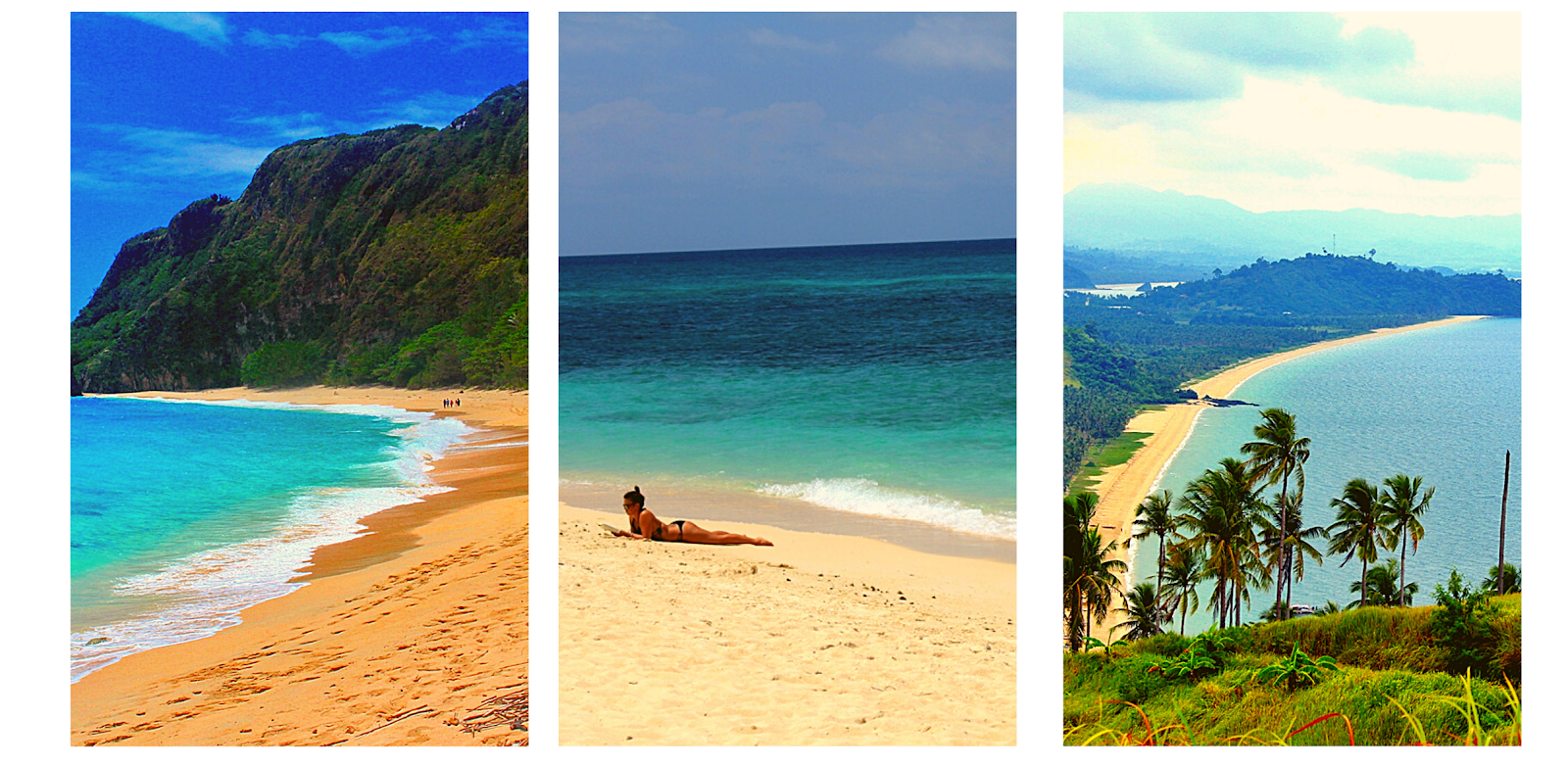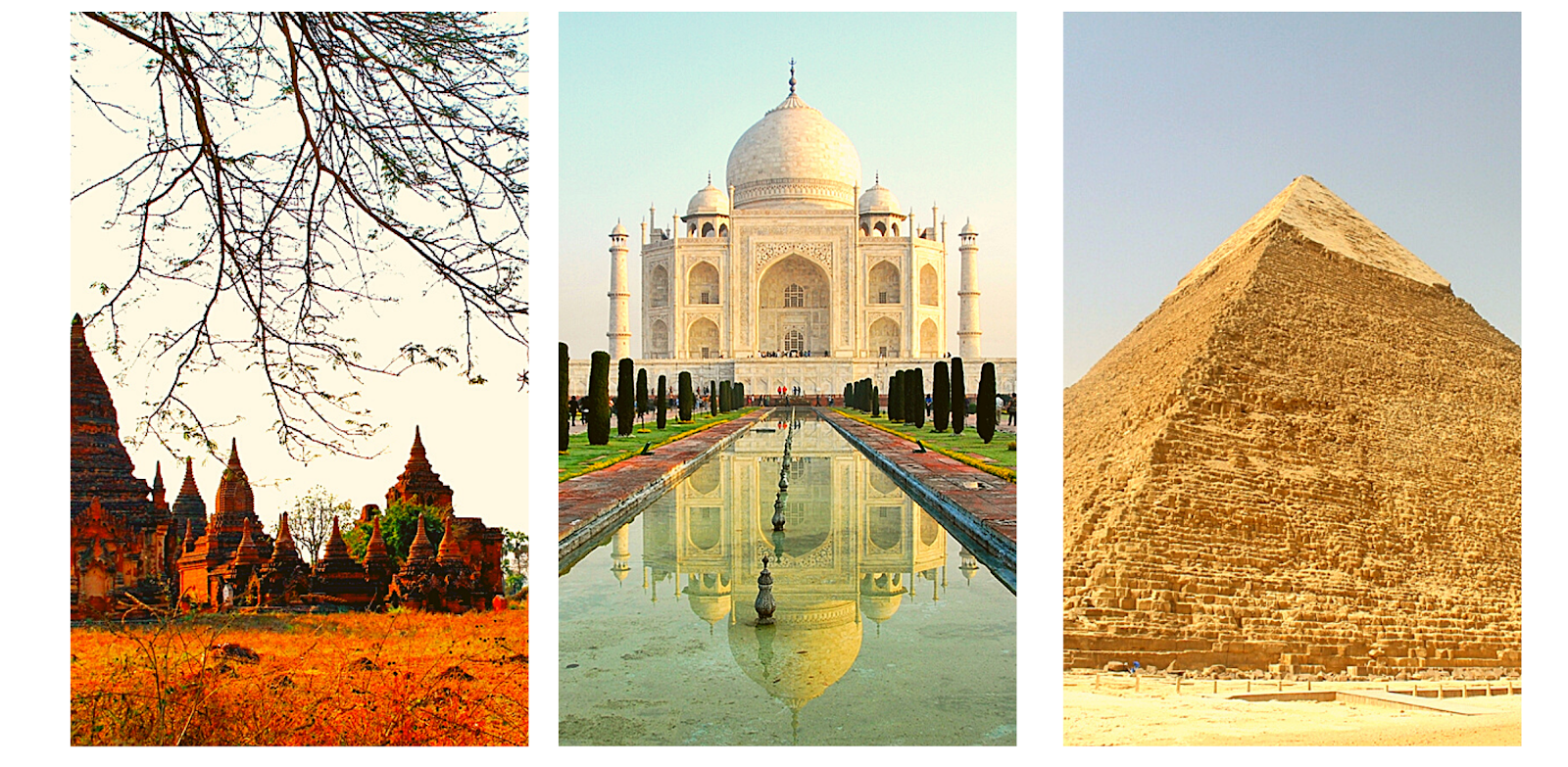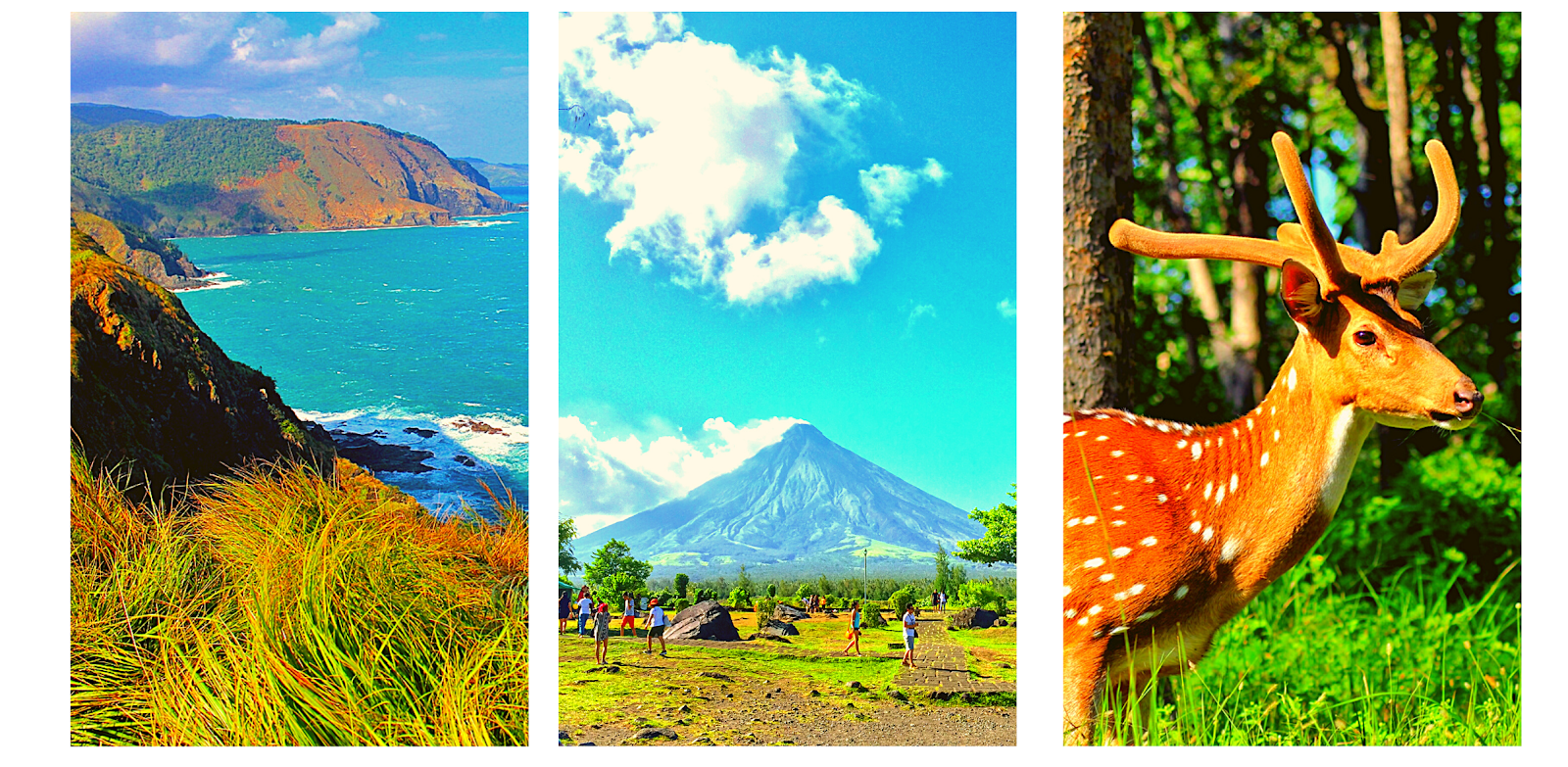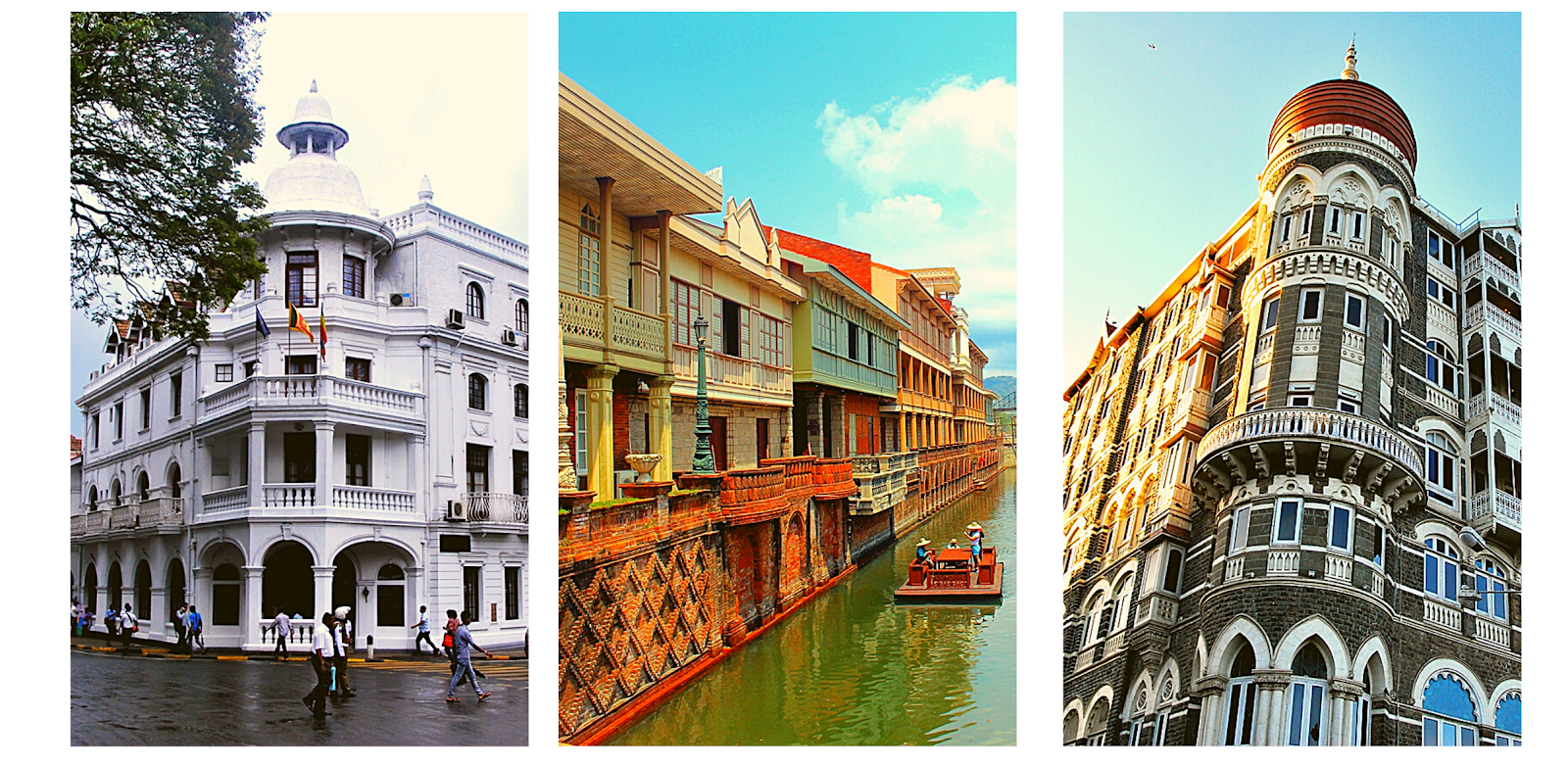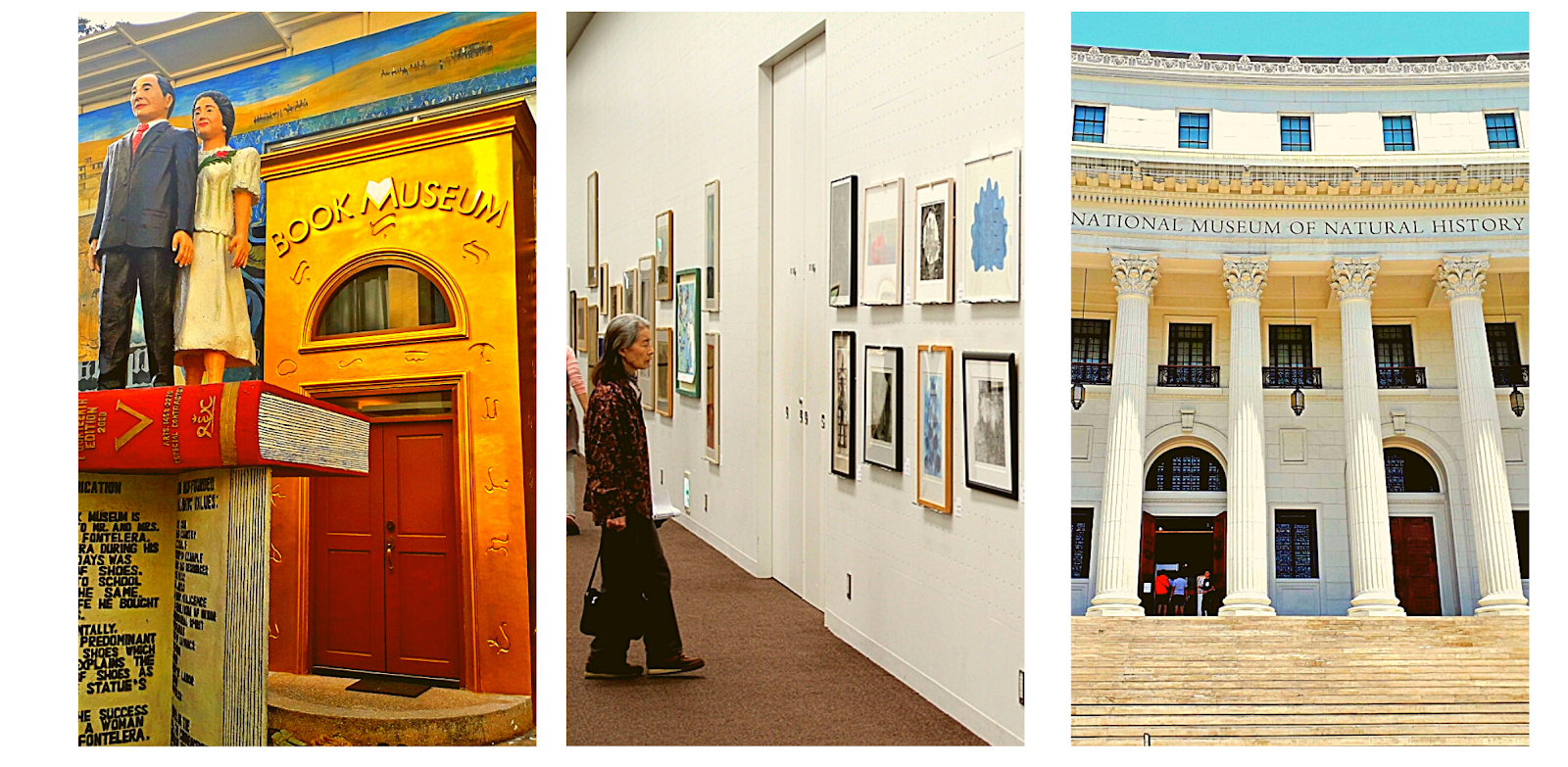The Fort San Pedro was first erected with logs in 1565 upon orders by Spanish conquistador Miguel Lopez de Legazpi. While the time when the actual construction of the stone fort remains in question, there are claims that suggests it began in 1630. Regardless, the Fort San Pedro currently claims the title of being the oldest and smallest fort structure in the Philippines. The Spanish built the fort as a mean of defending the city from bastion of hostile Muslim raiders who are against the rule of the Spanish colonizers, with the over all construction getting done by 1738, a little less than 200 years after it was first conceived.

 The fort is triangular in shape, according to a 1739 report that was addressed to then Spanish King Philip II and was made of mortar and stones. The three bastions were called Ignacio de Loyola, San Miguel and Concepcion.
The fort is triangular in shape, according to a 1739 report that was addressed to then Spanish King Philip II and was made of mortar and stones. The three bastions were called Ignacio de Loyola, San Miguel and Concepcion.
During the course of History the fort became under the Americans after the Spanish-American War and was used as a barracks by the Americans before it became a school for a lot of Cebuanos in the few years leading to World War II.

During World War II, the fort was used as living quarters of Japanese living in Cebu city until it became a hospital for the wounded during the war. It became a short lived military camp after WWII until Cebu Garden Club took over its operations.

Present day, the local government of Cebu takes care of the fort by naming it as a historical park with a museum that houses well preserved Spanish documents and artifacts as well as a garden that exhibits different kinds of plants.
Fort San Pedro is found in San Roque, Cebu City. A mere walking distance from Pier 1 of the Cebu City port and another landmark, the Plaza Independencia.

I was able to visit the fort after my trip from Bantayan Island. Upon disembarking from Pier 1 of the city port I decided to take a short walk before I get a cab - a walk which in turn took me to the Fort itself.

I had a wonderful time walking around the small fortress, looking at its old structures, the solid rock walls, visiting the museum and just imagining the scenes that used to happen in the courtyard, behind the walls when those skirmishes are happening during the old times. In a way it took me further back in time.

It's a wonderful opportunity as well, to learn from history while visiting landmarks such as the Fort of San Perdro. I'm glad that such place was preserved rightfully to serve as a reminder of our rich and colorful past.

 The fort is triangular in shape, according to a 1739 report that was addressed to then Spanish King Philip II and was made of mortar and stones. The three bastions were called Ignacio de Loyola, San Miguel and Concepcion.
The fort is triangular in shape, according to a 1739 report that was addressed to then Spanish King Philip II and was made of mortar and stones. The three bastions were called Ignacio de Loyola, San Miguel and Concepcion.During the course of History the fort became under the Americans after the Spanish-American War and was used as a barracks by the Americans before it became a school for a lot of Cebuanos in the few years leading to World War II.

During World War II, the fort was used as living quarters of Japanese living in Cebu city until it became a hospital for the wounded during the war. It became a short lived military camp after WWII until Cebu Garden Club took over its operations.

Present day, the local government of Cebu takes care of the fort by naming it as a historical park with a museum that houses well preserved Spanish documents and artifacts as well as a garden that exhibits different kinds of plants.
Fort San Pedro is found in San Roque, Cebu City. A mere walking distance from Pier 1 of the Cebu City port and another landmark, the Plaza Independencia.

I was able to visit the fort after my trip from Bantayan Island. Upon disembarking from Pier 1 of the city port I decided to take a short walk before I get a cab - a walk which in turn took me to the Fort itself.

I had a wonderful time walking around the small fortress, looking at its old structures, the solid rock walls, visiting the museum and just imagining the scenes that used to happen in the courtyard, behind the walls when those skirmishes are happening during the old times. In a way it took me further back in time.

It's a wonderful opportunity as well, to learn from history while visiting landmarks such as the Fort of San Perdro. I'm glad that such place was preserved rightfully to serve as a reminder of our rich and colorful past.

